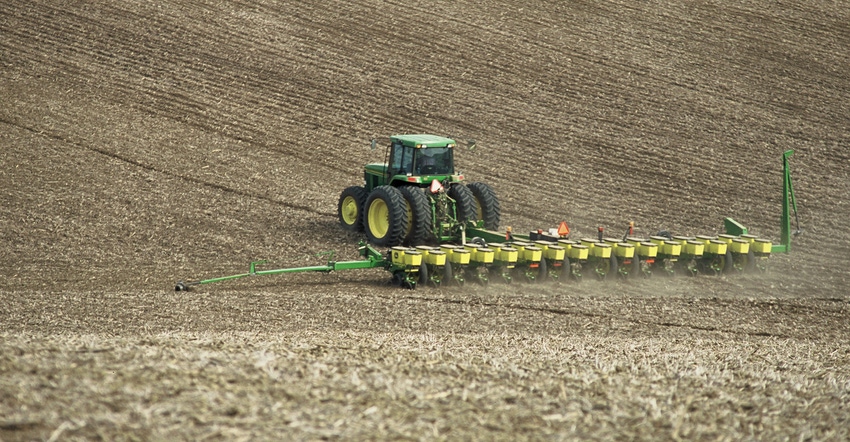September 2, 2022

Who do you want telling agriculture’s story?
Much has been written and said of how farmers must be the ones telling and sharing ag’s story. If farmers and ranchers don’t, the farm gate is left wide open for others to do so — others who may not know agriculture the way you do, or who may have their own agenda to spread.
Today’s consumers want to know how their food is being produced and who is raising the crop and caring for livestock. In search of such information, they turn to the internet and social media. A lot of farmers and ranchers have a social media presence and following, but as we all know, social media can be an endless spool of people telling their stories.
Gather enough of a following on your social media posts or blogs, and you can gain the status of being an influencer. According to one definition I found online, an influencer “is a user on social media who has established credibility in a specific industry. These content creators have access to a large audience and can share information to persuade others through their authenticity and reach.”
Just as in farming and ranching, numbers are important in the social media game. The more followers you have, the broader influence you can have.
There are crop and livestock producers who do a fine job on social media, telling agriculture’s story. We just need more of you to step up and gain a following.
Search for influencers
When I searched “agriculture influencers” on Google, the top two results boasted titles of “10 regen farming influencers to follow on social media” and “10 agricultural influencers you need to be following.” Under such headlines, I, as a traditional farm kid, was hoping the list included people who would be able to tell me what it’s like to operate a commercial farm or ranch.
Instead, what I found were 10 people who are providing for families in their niche production of anything from okra and jicama to small flocks of poultry to one person using videos to demonstrate more humane conditions for pigs and chickens. (Such statements make my skin crawl as they may give the perception that other production practices are not humane for livestock.)
I am not discrediting what these people all do. They are doing what they feel is right for themselves and for their families in their corner of the world.
But I do feel uncomfortable with the prominence that these people and their stories have when someone searches online for “agriculture influencers.” The majority of the U.S. public is multiple generations removed from a farm background, as a greater percentage of U.S. consumers are calling urban areas home. It’s also been proven that more of these consumers wish to know how their food is being produced.
So, our city friends in L.A. or the Big Apple turn to the internet for answers, and may do a search similar to mine and find these top agriculture influencers.
Answer the call
Our city cousins may look to these influencers as the ag experts, because they’re the top 10 agriculture influencers, according to Google’s search criteria. And in this world of immediacy, most web users will not scroll down the Google search page to find links to people who, I think, are more traditional production agriculturists.
We cannot control who or how consumers get their information, nor can we spoon-feed it to them. However, we do need to have more production ag influencers available for consumers to turn to. Figuring out how these influencers would appear higher on a Google search results page is another discussion altogether.
In the meantime, don’t be afraid to tell your ag story on social media. Get your word out there and you will develop a following. All my fellow writers at Farm Progress will continue to help tell your stories as well. Together, we can influence some of our urban neighbors.
You May Also Like




